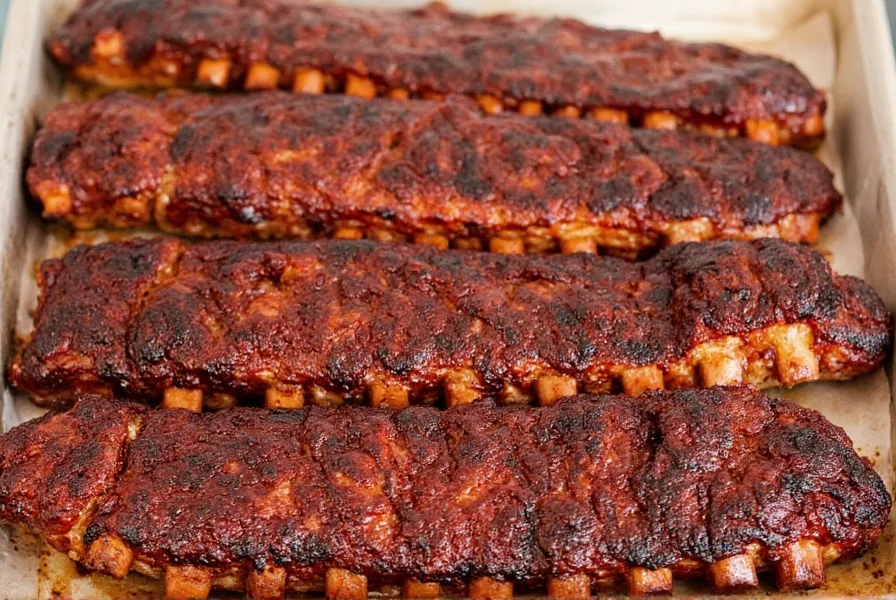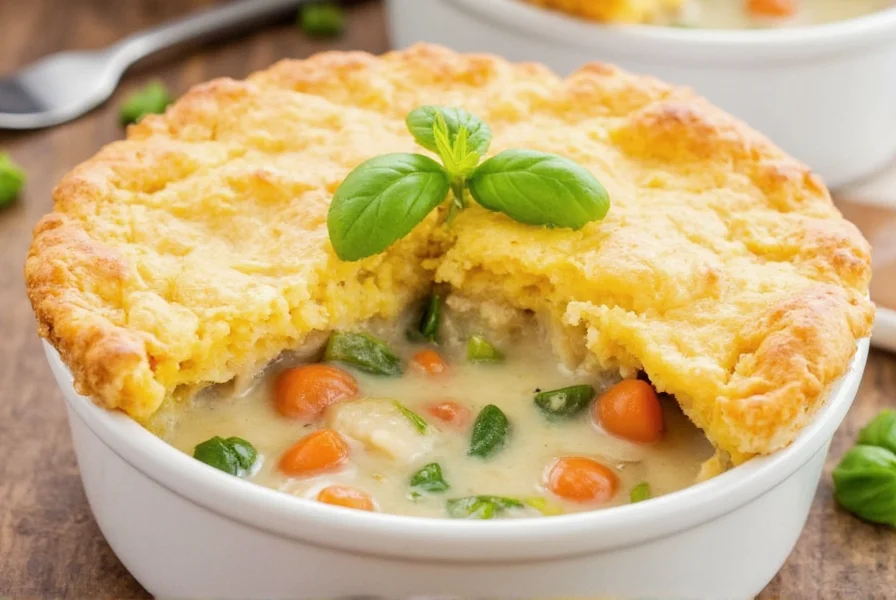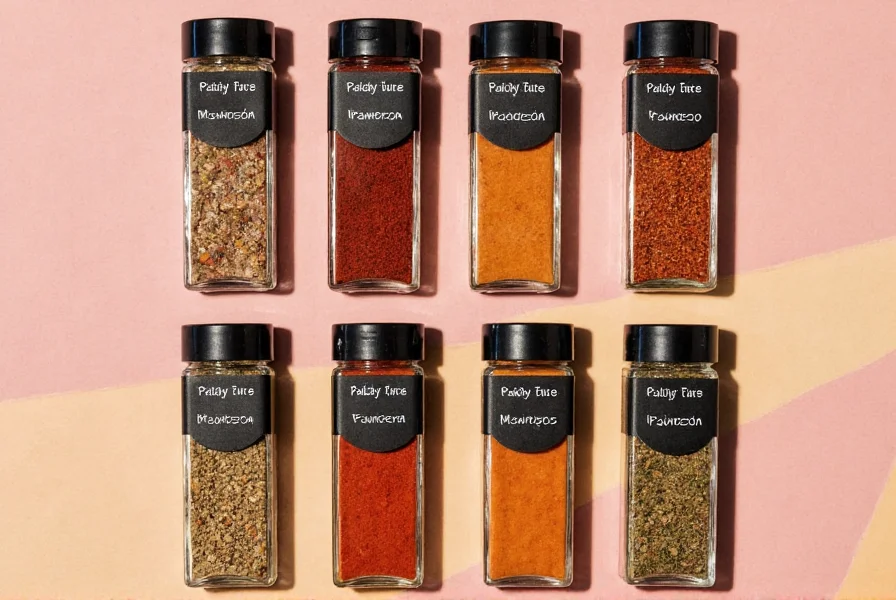Table of Contents
Introduction
There's something undeniably comforting about a warm, flaky pie filled with tender chicken, vegetables, and a rich, spiced sauce. And when that pie has roots in Pennsylvania, it's not just food—it's history, tradition, and flavor all rolled into one. Whether you're a home cook or a culinary enthusiast, this authentic Pennsylvania chicken pot pie recipe delivers everything you need to recreate this regional classic with precision and confidence.
What Is Pennsylvania Chicken Pot Pie?
Originating in Pennsylvania Dutch communities in the early 20th century, this hearty dish features a double crust that completely encases a savory filling of chicken, potatoes, carrots, and onions in a rich gravy. Unlike modern variations that use puff pastry or biscuit toppings, the traditional version relies on a buttery, flaky homemade crust and subtle spice blends that highlight the natural flavors of the ingredients. This recipe stays true to its roots while providing clear, actionable instructions for perfect results every time.
Recipe
Ingredients
- 2 lbs boneless, skinless chicken thighs, cut into 1-inch pieces
- 2 cups russet potatoes, peeled and diced
- 1 cup carrots, sliced into 1/4-inch rounds
- 1 large yellow onion, finely chopped
- 1/2 cup frozen peas
- 1/4 cup unsalted butter
- 1/4 cup all-purpose flour
- 2 cups chicken broth
- 1/2 cup heavy cream
- 1 tsp salt
- 1/2 tsp black pepper
- 1 tsp dried thyme
- 1/2 tsp paprika
- 1/4 tsp garlic powder
- 2 pie crusts (homemade or store-bought)
- 1 egg, beaten (for egg wash)
Step-by-Step Instructions
- Prepare the Chicken: Preheat oven to 375°F (190°C). Season chicken pieces with salt and pepper. In a large skillet, melt 1 tbsp butter and cook chicken until golden brown and cooked through (about 8-10 minutes). Remove chicken and set aside.
- Cook Vegetables: In the same skillet, add remaining butter. Sauté onions until translucent. Add potatoes and carrots, cooking for 5 minutes. Stir in flour to create a roux, then slowly add chicken broth and heavy cream, stirring until thickened (about 2-3 minutes).
- Add Spices and Chicken: Stir in thyme, paprika, garlic powder, salt, pepper, cooked chicken, and peas. Simmer for 5 minutes. Remove from heat and let cool slightly.
- Prepare Crust: Roll out one pie crust and place in a 9-inch deep-dish pie plate. Pour the filling into the crust. Cover with the second crust, seal edges, and cut slits for steam. Brush with egg wash.
- Bake: Bake in preheated oven for 40-45 minutes, until crust is golden brown. Let rest for 15 minutes before serving.
Spice Basics
Understanding spice balance is key to authentic Pennsylvania chicken pot pie. Here's how to maximize flavor:
| Spice | Flavor Profile | Best For | Amount in Recipe |
|---|---|---|---|
| Thyme | Herbaceous, floral | Classic rustic foundation | 1 tsp |
| Paprika | Smoky, sweet | Color and depth | 1/2 tsp |
| Garlic Powder | Savory, umami | Subtle background note | 1/4 tsp |
| Salt | Savory | Enhancing all flavors | 1 tsp |
| Black Pepper | Earthy, slightly spicy | Adding warmth | 1/2 tsp |

Practical Tips
- Make Your Own Crust: For the flakiest texture, use cold butter and handle the dough minimally. Chill dough for 30 minutes before rolling.
- Prevent Soggy Bottom: Blind bake the bottom crust for 10 minutes before adding filling, or brush with beaten egg white as a moisture barrier.
- Perfect Gravy: Cook the roux (butter + flour) for 1-2 minutes before adding liquid to eliminate raw flour taste.
- Resting Time: Let the pie cool for 15 minutes after baking to allow filling to set properly.
Frequently Asked Questions
What makes Pennsylvania chicken pot pie different from regular chicken pot pie?
Pennsylvania chicken pot pie features a double crust that completely encases the filling, unlike modern versions that often use biscuit toppings or puff pastry. The filling emphasizes subtle spice balance (thyme, paprika, garlic powder) rather than bold flavors, and traditionally uses chicken thighs for richer flavor. It also has a thicker gravy consistency compared to many regional variations.
How do I prevent a soggy bottom crust in my Pennsylvania chicken pot pie?
To prevent a soggy bottom crust: 1) Blind bake the bottom crust for 10 minutes before adding filling 2) Brush the bottom crust with beaten egg white as a moisture barrier 3) Ensure your gravy is properly thickened with a roux 4) Place the pie on the lower oven rack for even heat distribution 5) Let the filling cool slightly before adding to the crust.
Can I make Pennsylvania chicken pot pie ahead of time?
Yes! Assemble the pie without baking and refrigerate for up to 24 hours. For longer storage, freeze the unbaked pie for up to 3 months. When ready to bake, add 15-20 minutes to the baking time if refrigerated, or 30-45 minutes if frozen. Many cooks find the flavors meld better after resting overnight.
Conclusion
The Pennsylvania chicken pot pie is more than just a meal—it's a celebration of comfort, tradition, and flavor. By following this detailed recipe with precise measurements and techniques, you can recreate this regional classic with confidence. Whether you're a seasoned chef or a curious enthusiast, this guide provides everything you need to master the authentic Pennsylvania chicken pot pie from start to finish.












 浙公网安备
33010002000092号
浙公网安备
33010002000092号 浙B2-20120091-4
浙B2-20120091-4